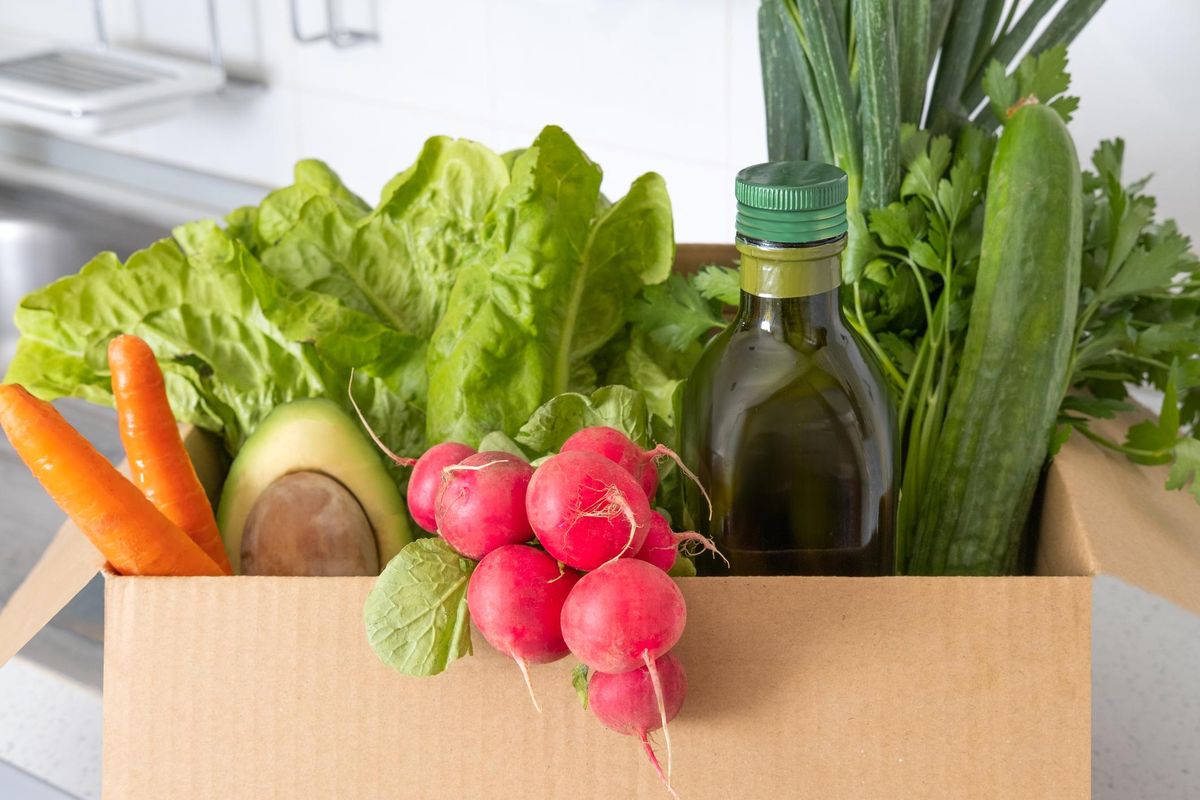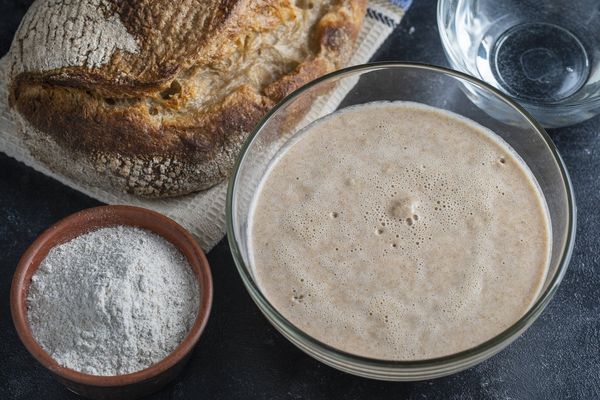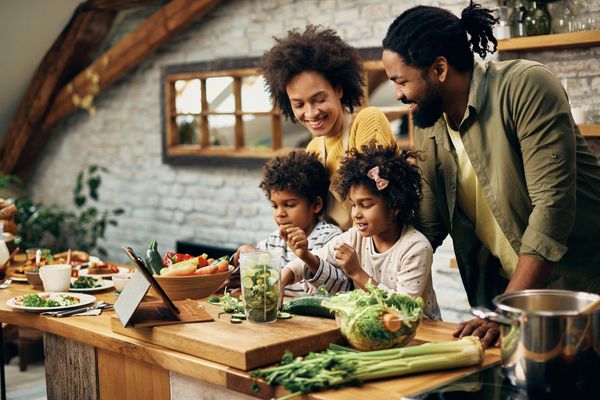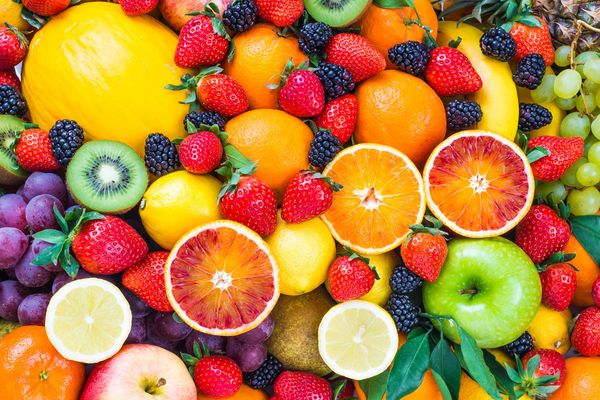By Caitlin Caspi, University of Connecticut and Marlene B. Schwartz, University of Connecticut
Food banks and pantries across the U.S. were forced in the pandemic to dispense with something that is central to most people's grocery experience: choice.
Faced with social-distancing rules and a large uptick in need – by one estimate these nonprofits served 55% more people – for the most part, clients were offered prepacked bags or boxes of food rather than allowed to pick from shelves themselves, as was increasingly common before the pandemic.
It was one of a number of adaptations that food banks and pantries made in 2020, which also included drive-thru services and expanded meal delivery options.
The content of these prepacked bags differed from venue to venue and also by who was assembling them. As a result, there was tremendous variability in the quality of produce being offered and whether they contained the kind of food that people were seeking.
As experts on food policy and obesity, we are aware of both the important role of choice to clients of food pantries, and also the need to encourage healthier options. People who rely on food pantries are disproportionately at risk for diet-related diseases such as diabetes and hypertension, yet most would like to eat more fresh fruit and vegetables.
We are currently conducting work on the charitable food system and its potential to promote a healthy lifestyle through measures including behavioral economics, which uses “nudges" to promote behavior change.
Our prior research suggests that people want healthy food that can be used to put together balanced meals when they visit food pantries. In a 2019 study of over 200 food pantries and more than 5,000 of their clients in Minnesota, the top requested food categories were all healthy items that form the basis of the American diet, including meat, fresh fruits and vegetables, dairy products, eggs, and common ingredients like flour and spices. In fact, over 90% of clients said they would like to get more fresh fruits and vegetables.
At the same time, only about half of the people surveyed said that fresh fruits and vegetables were available at their local food pantry during every visit. Demand for healthy food has been consistently demonstrated in studies in other U.S. areas as well.
Another key finding from the Minnesota survey was that people who visit food pantries place a very high value on choosing their own food. They said that this is even more important than having reasonable wait times and being welcomed by volunteers.
Because clients really want healthy food, it makes sense for food pantries to make it easier for them to make healthier choices. This requires making sure that food pantries stock a consistent supply of healthy and fresh food. It also requires displaying food so that it is appealing and accessible to people.
This is where behavioral economics can be helpful in guiding food pantry clients to healthier food options.
Changing behaviors
Behavioral economics builds on the way that people make decisions by restructuring environments to encourage certain choices. For example, grocery carts have gotten bigger over the years to nudge people to buy more food. The idea behind the bigger carts is that fewer people will head to the checkout aisle with a cart that feels empty, so they will buy more stuff.
Behavioral economics strategies are used commonly in grocery stores, but they are a good match for food pantries for several reasons. Many behavioral economics strategies are compatible with the way food pantries already operate. And food pantries have leeway in setting the default options for clients. This might mean offering bags of produce by default, but providing day-old birthday cakes by request, rather than displaying them by the front door.
And unlike many food retailers, as nonprofits, food pantries do not rely on advertising from food distributors for revenue. That means food pantries are under no obligation, for example, to display soda prominently as is the case in many supermarkets. They are also at liberty to alter their layout and what's on the shelves to nudge clients toward healthier options.
Food pantries that have started to use behavioral economics to promote healthier choices are seeing results. Studies in Utah, Minnesota and New York have shown that people are more likely to take healthy foods in food pantries when they are nudged.
New tools are making it easier to use behavioral economics. In March of 2020, Healthy Eating Research, a national program that supports research on strategies to promote healthy eating among children, published new guidelines for the healthfulness of food bank and pantry offerings. These guidelines have been supported by Feeding America, the largest network of food banks in the U.S.
The new guidelines offer a system for ranking individual food items in a three-tiered system using a “stoplight system" of green, yellow and red, based on their nutritional value. Stoplight systems like this have long been used in other countries to encourage people to buy healthier food in grocery stores.
Perhaps the most common food-ranking system in the charitable food system is Supporting Wellness at Pantries. SWAP, which was introduced in 2016 and has been updated to meet the new charitable food guidelines, can be used to nudge both food pantry staff to procure healthier food and clients to select it. Research has shown that SWAP has resulted in healthier food at the pantry being ordered by staff and offered to clients. In our most recent study we found that after a pantry implemented SWAP, clients selected significantly more “green" foods and fewer “red" foods.
[You're smart and curious about the world. So are The Conversation's authors and editors.You can read us daily by subscribing to our newsletter.]
A post-pandemic model
The pandemic has accelerated the emergence of a number of innovations in food banks and pantries and encouraged client-centered practices like trauma-informed services, new mobile and delivery options and opportunities to preserve client anonymity. New models are also being considered to address not just the immediate need of clients, but also the root causes of food insecurity.
As food pantries pivot to a post-pandemic model, we believe putting choice at the center and helping guide decisions through nudges toward healthier, nutritious food would serve food pantry clients well.![]()
Caitlin Caspi, Associate Professor of Allied Health Sciences, University of Connecticut and Marlene B. Schwartz, Professor of Human Development and Family Sciences, University of Connecticut
This article is republished from The Conversation under a Creative Commons license. Read the original article.







